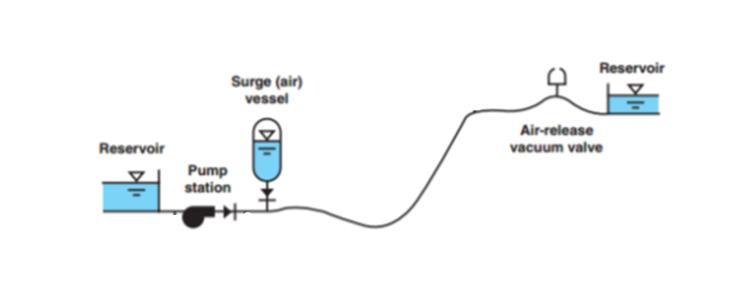Physics_Nerd
Mechanical
- Nov 10, 2016
- 31
Hi Guys
I am currently working on a pump Station for which I need to size a surge tank for Water Hammer/pressure variations, I know that we have some standards in AWWA m11 but if u guys have anything like an excel sheet or anything please help me out this is the first time I am sizing a surge tank
I've done expansion tanks for Air Conditioning Systems and Pressure tanks for VFD-Booster Pumps but here we are talking abt a pump station with really high flow like 5000 m3/hr and basically I need to size a surge tank please help me out even if u know any analysis software or manual calculations etc
I am currently working on a pump Station for which I need to size a surge tank for Water Hammer/pressure variations, I know that we have some standards in AWWA m11 but if u guys have anything like an excel sheet or anything please help me out this is the first time I am sizing a surge tank
I've done expansion tanks for Air Conditioning Systems and Pressure tanks for VFD-Booster Pumps but here we are talking abt a pump station with really high flow like 5000 m3/hr and basically I need to size a surge tank please help me out even if u know any analysis software or manual calculations etc

